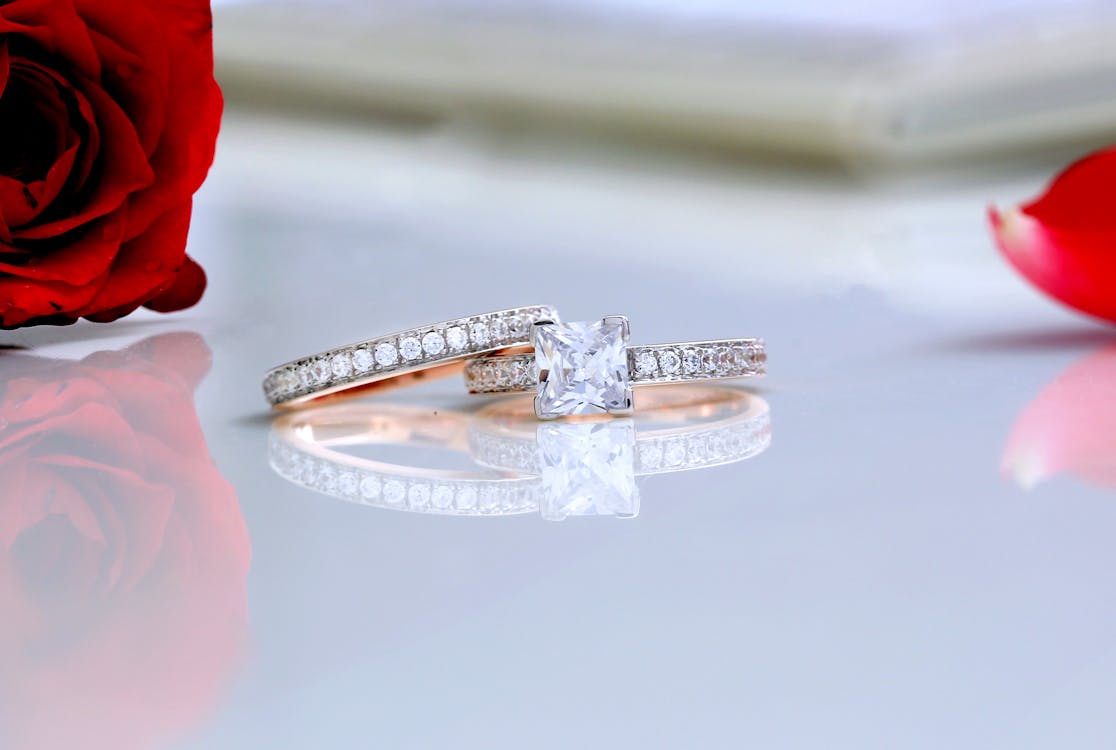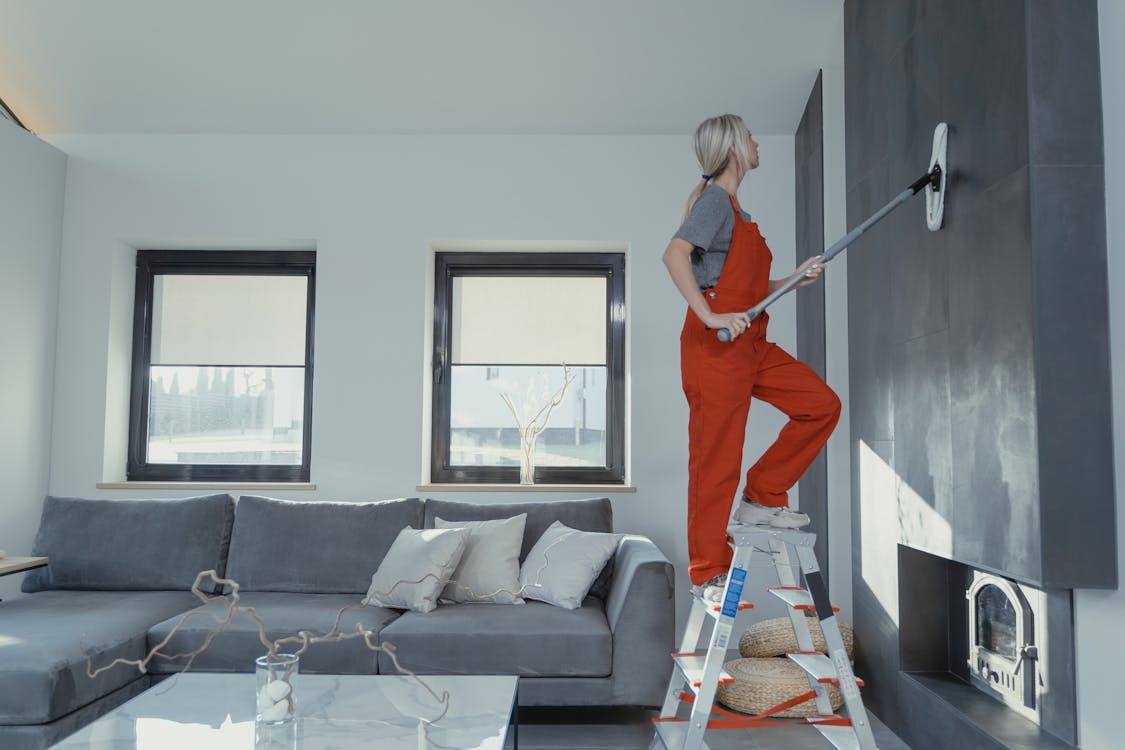Japanese-design and style gardens initially caught the public creativity in the U.S. at an 1893 world exposition in Chicago, grew to become a sought-immediately after aspect in Gilded Age estates, and had been later on adapted to open-program modernist residences.
Right now they have advanced, and continue on to inspire back garden design and style at a time when lots of folks are making an attempt to forge a nearer connection between indoor and outdoor spaces.
“One cause that gardens are so thriving in Japan is that the property-backyard partnership is established up to be so integrated. There are massive views of the backyard garden, and much more unobstructed views. Gardens are enclosed and encompass the house, so it is as if your residing house extends out much more,” states Asher Browne of Oakland, New Jersey, who skilled in Kyoto, Japan, and now creates Japanese-inspired gardens for purchasers in the United States.
“That aesthetic is certainly catching on.”
Japanese yard design in this region has moved well further than stereotypical capabilities like lanterns and imported Japanese cherries and maples, says Sadafumi Uchiyama, chief curator of the Portland, Oregon, Japanese Back garden and director of the Global Japanese Garden Schooling Center there. Uchiyama is a third-generation Japanese gardener from southern Japan.
At first, he suggests, Japanese gardens in the U.S. “copied the stone lanterns, h2o basins and stepping stones. But progressively, they commenced to design and style much more unique and authentic gardens. We are now having a a lot nearer seem at quality,” with much more extensively out there textbooks and abilities.
There are about 200 Japanese-style general public gardens in the U.S., according to the North American Japanese Yard Affiliation, which characteristics a North American Japanese Yard Finder on its website. Top ones consist of the Portland Japanese Yard the Shofuso Japanese Home and Garden in Philadelphia the Anderson Japanese Gardens in Rockford, Illinois and the Japanese Friendship Backyard garden in San Diego.
Browne says that in the Japanese aesthetic, back garden spaces are connected with inside spaces so that every look at from a dwelling is a properly composed, virtually painterly, perspective of the garden all-around it.
“In Japan at least, it appears to be that there is 1 core concept that has come down more than centuries, and that is the idea of bringing the elegance of nature into everyday lives,” he states.
Other aesthetic concepts he says are greatly appreciated now are asymmetrical equilibrium, and the attractiveness and value of rocks, stones and boulders as the “bones” of a composition, which can then be loaded in in a supportive way with plantings.
John Powell, a yard builder and pruning specialist from Weatherford, Texas, who experienced in Japan, suggests he was attracted to Japanese gardens by “the seamless link between inside and exterior place, which is evocative of the greater all-natural entire world, from time to time in a extremely compressed room.”
“That is a massive change from the U.S., wherever the landscaping was ordinarily there to dress the exterior of the home, but was extremely disconnected from interior space. I consider especially now, that idea of connecting the indoors and the outdoor is an aesthetic that a good deal of men and women attempt for,” he describes.
The Japanese garden aesthetic “is pretty uncomplicated sounding, but it is the most hard issue I at any time thought of in my lifestyle,” points out Powell.
As for sustainability, there is been a important shift in contemplating about Japanese-design and style gardens absent from specimen gardens, which tend to sense a little bit like a botanical backyard garden, and toward greater use of plants tailored to community environments.
“It’s pretty achievable to develop a fantastic Japanese garden utilizing all indigenous crops,” suggests Browne.
Landscapers specializing in Japanese backyard aesthetics say a person persistent misconception is that these gardens are small-servicing or even upkeep-free.
Practically nothing is upkeep-totally free, and at times Japanese-design gardens include even much more upkeep than other gardens, they agree.
“It’s not so considerably about huge cleansing and pruning jobs, but about continual small steps. Just about every time I stroll in the yard I pick up a few pine needles, a little bit of trash or a number of leaves,” says Uchiyama.
“In Japan, only about 20 percent of the land is habitable, so folks understand to care for their setting. A single way is to do incremental cleaning and routine maintenance. It’s about an technique, about caring, and how you see matters.”






More Stories
The Benefits & Advantages of Artificial Lawns
Backyard garden for the Atmosphere: Sustainable Gardening Sequence: Fall 2023
Napa senior citizen and garden expert helps build ‘Nests’